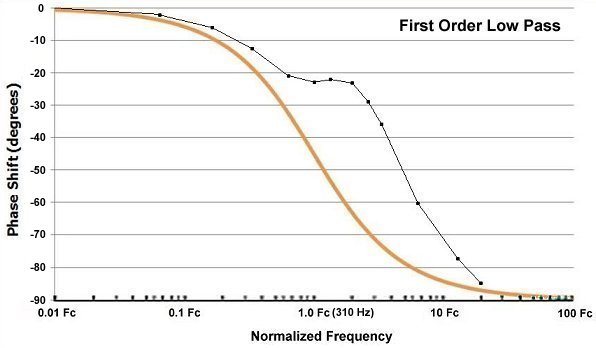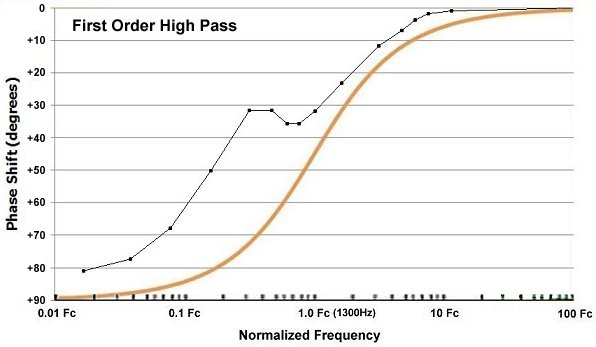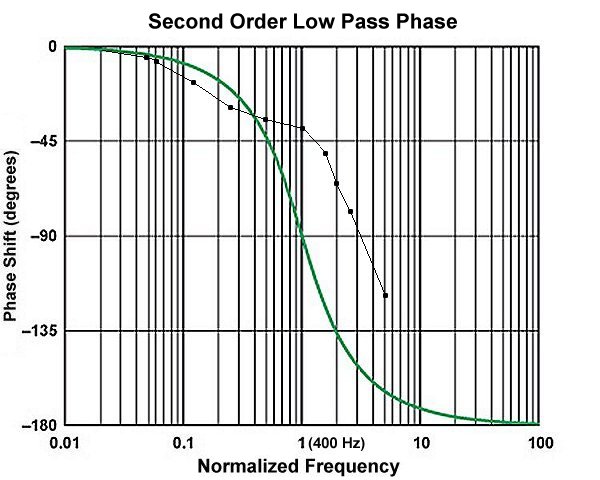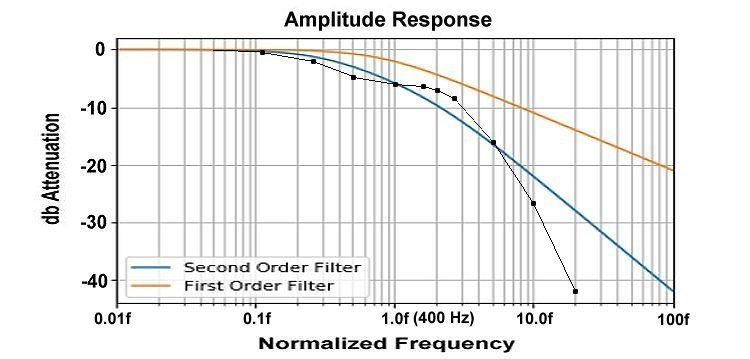



In February of 2021 Superconductors.ORG announced the discovery that superconductors and active filters are analogs of each other. The wave function of a superconductor closely mirrors the transfer function of an active filter. In making this discovery clues were found that suggested it might be possible to create a real-time (causal) active filter with reduced phase shift - something thought to be impossible. Now, 3 years later, this has been realized - without the need to incorporate actual superconductors.
In a superconductor, there is a range where the heating curve plateaus - known as the critical transition temperature (Tc). In this region the material transitions from a lossless state to resistive state (a phase change). Here the term "specific heat change" is used to quantify how much energy is required to break the Cooper pairs and disrupt the superconductive state. An active filter has a transition analog to this: the corner frequency (Fc). Since some superconductors transition quickly and others slowly, it was suspected that active filters might behave similarly. That is to say, slowing down the transition speed could mitigate the rate of phase change. And this has now been confirmed.
At page top are data plots from two prototype filters. The phase improvements where the transition has been slowed are quite dramatic from the region near the corner frequency (Fc) into the stopband several octaves. They can be visually compared to a conventional single-pole filter represented by the tan-colored line. At Fc the improved low-pass filter has half the phase shift of a standard first order filter. The high-pass was achieved by subtracting the low-pass from all-pass. So it's improvements have not been optimized.
Below is the response curve of two improved low-pass filters that have been daisy-chained to create a 2nd order filter. Their corner frequencies were offset to compensate for gain "ripple" in the stopband. The phase shift improvements are extraordinary. At the -6db corner frequency the phase shift is only 38.7° - vs - 90° in a conventional 2-pole filter.

In order to achieve these phase improvements, tradeoffs were made with the amplitude response in the circuit design to slow the attenuation rate around Fc. However, the attenuation rate returns to 12 db/octave or greater above 2 Fc, as shown in the below measured response curve. Such a filter may have applications in both audio processing and data acquisition. Plans are to market evaluation boards to industry and eventually sell or license the circuit design.

E. Joe Eck
email: jeck1335@yahoo.com
© 2024-2025 Superconductors.ORG
All rights reserved.
 BACK to "News" page at Superconductors.ORG
BACK to "News" page at Superconductors.ORG